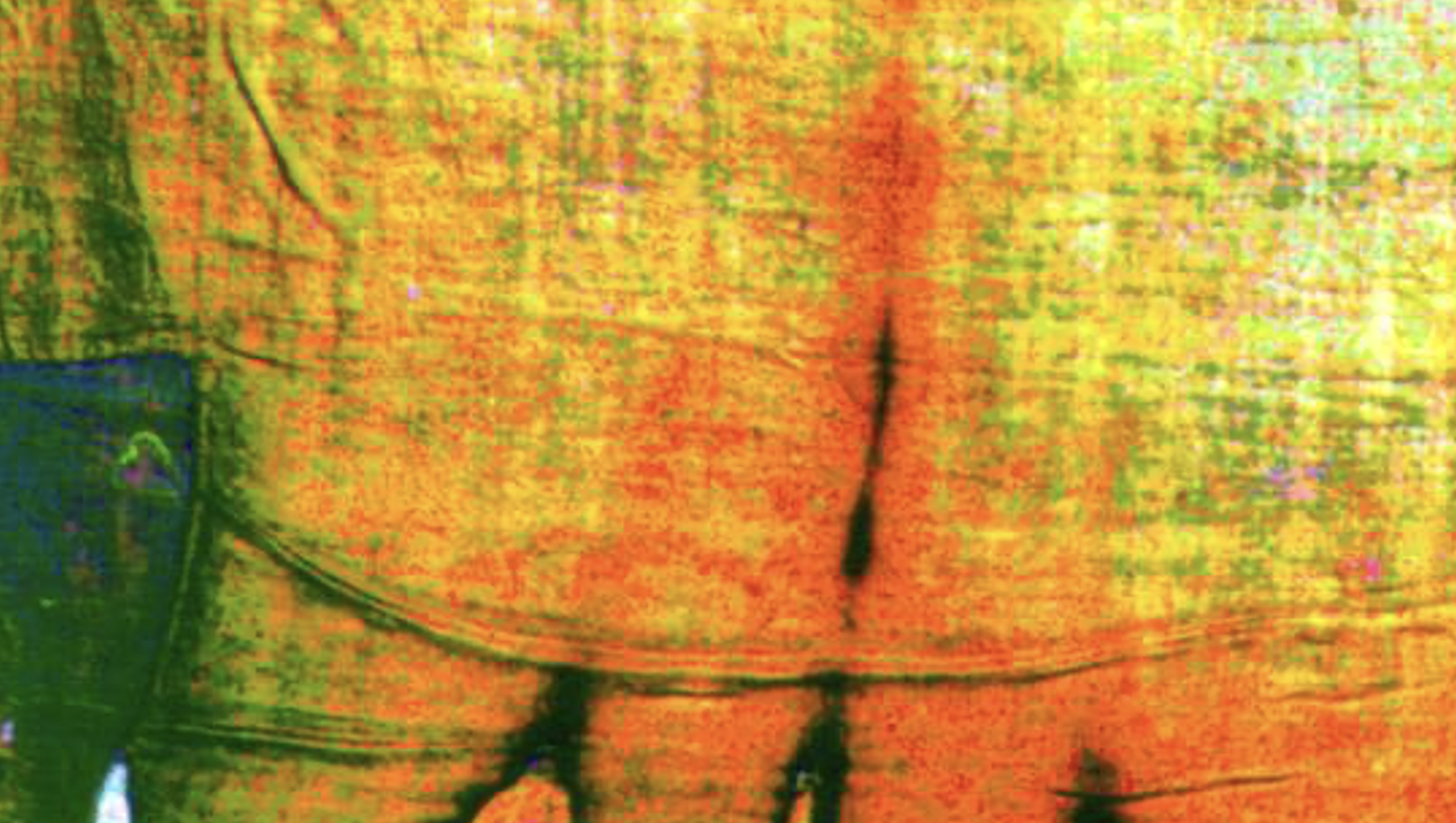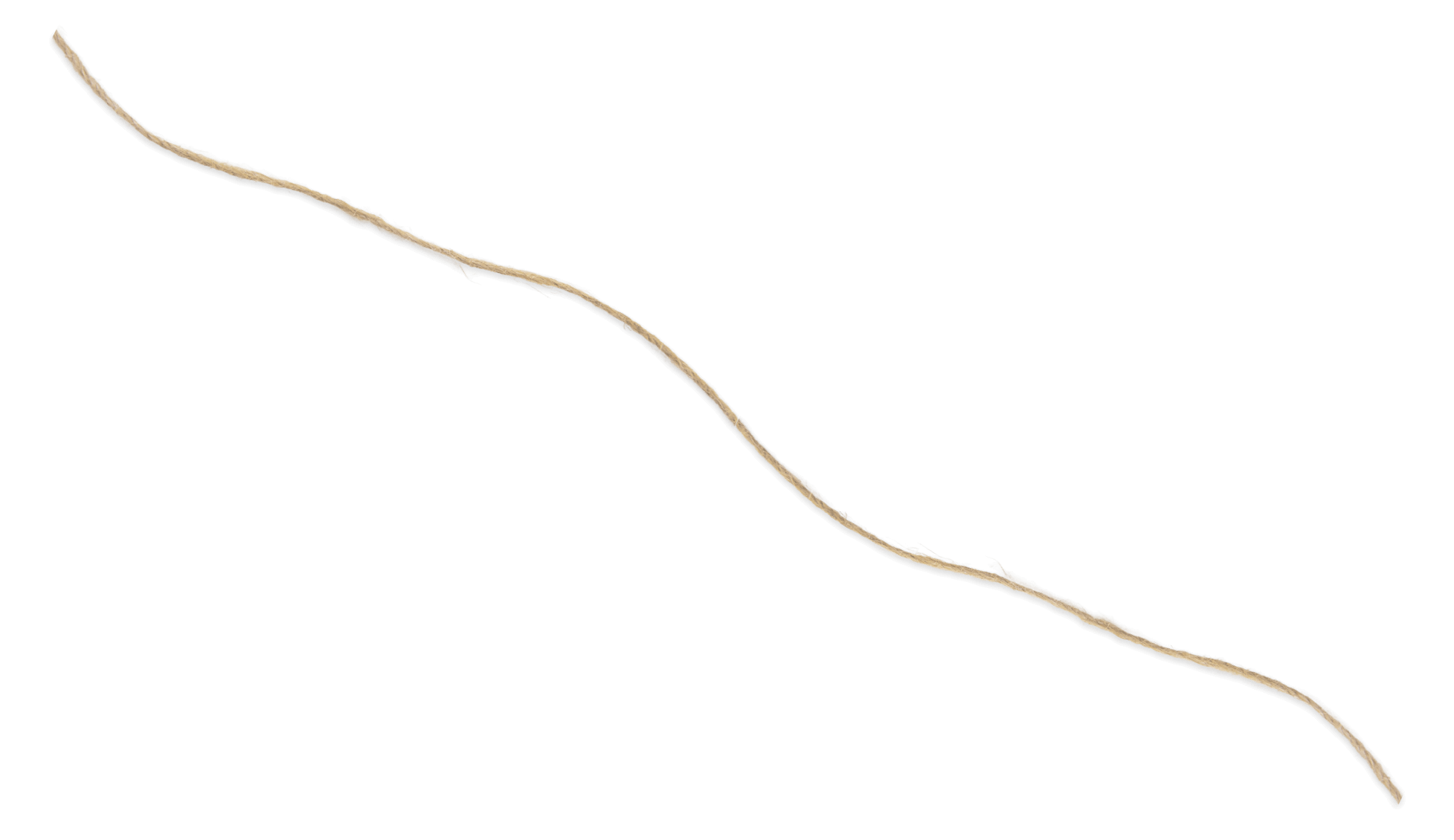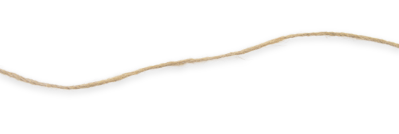The scientists who radiocarbon dated the Shroud in 1988 concluded it was only about 700 years old. But the results of their tests have been called into question because there was a problem with the sample that was used.
The Background
Radiocarbon dating is a technique used by scientists to determine the age of organic specimens from the distant past.
In 1988, scientists cut off a single 3.15 inch (eight centimeter) strip from the top left corner of the Shroud. The cut the sample into two parts; they kept one part in reserve. The other half was divided into three pieces and sent to labs in Oxford, Zurich, and Arizona for the destructive radiocarbon testing.
The Scientists Had a Protocol
Radiocarbon dating is generally accurate and dependable when the required protocols are followed.
The planned protocol for testing the Shroud was:
- Cut samples from multiple locations throughout the fabric.
- Perform testing at seven different laboratories.
- Use two methods of radiocarbon dating.
The Protocol was not followed
- One strip was cut from a single location and divided into 3 samples.
- Only three laboratories tested the samples.
- One method of radiocarbon dating was used.
The Sample Does Not Represent the Whole Cloth
The scientists dated the cloth to between 1260 and 1390 AD resulting in headlines around the world that the Shroud was proven to be a “fake”.
But they cut their sample from an area that was known to be contaminated. The Shroud was frequently touched when displayed by the Savoy family for celebrations such as weddings, baptisms, funerals, and coronations.
- The edge where the sample was taken had become ragged and contaminated over the centuries.
The STURP Team Already Knew This
In 1978, the STURP team photographed the entire Shroud using UV fluorescent photography. The place where scientists cut the 1988 sample (from the side) fluoresced bright green. The main portion of the linen was a much lighter color.
This green color indicated that the sampled area had a different chemical composition than the rest of the Shroud fabric.
Recent Studies Question the 1988 Results
In 2019, Archaeometry, the peer-reviewed journal of the University of Oxford, published a paper that concluded: “A statistical analysis of the Nature article and the raw data strongly suggests that homogeneity is lacking in the data and that the procedure should be reconsidered.”
“Homogeneity is lacking” refers to foreign material mixed with the sampled fibers, which “seriously affects the reliability of the 95% AD 1260-1390 interval.”
The paper recommends new testing—one that gives us an accurate age range of the whole cloth, based on a more robust protocol.
The Results Don’t Fit with Other Studies
The 1988 radiocarbon dating contradicted most of the science and scholarship previously invested in the Shroud. The rush to call the Shroud a medieval forgery discounted 25 multi-disciplinary tests performed by the STURP team—along with other archaeological and historical evidence that the Shroud is much older.
Will the Shroud Be Radiocarbon Dated Again?
It’s not likely. All existing methods of radiocarbon dating have to destroy the sample.
In the future, scientists could perform a chemical analysis on fibers that have already been removed from the Shroud.
Other Tests Calculate an Older Age
Scientists have looked into other ways to test the date of the Shroud. Some of these tests show it could be from the first century. A study completed in 2022 using Wide Angle X-ray Scattering (WAXS) dates the cloth back 2,000 years.
These studies have not yet been peer-reviewed or replicated. But they provide a promising new way to date the Shroud without having to use destructive methods such as radiocarbon-dating.



